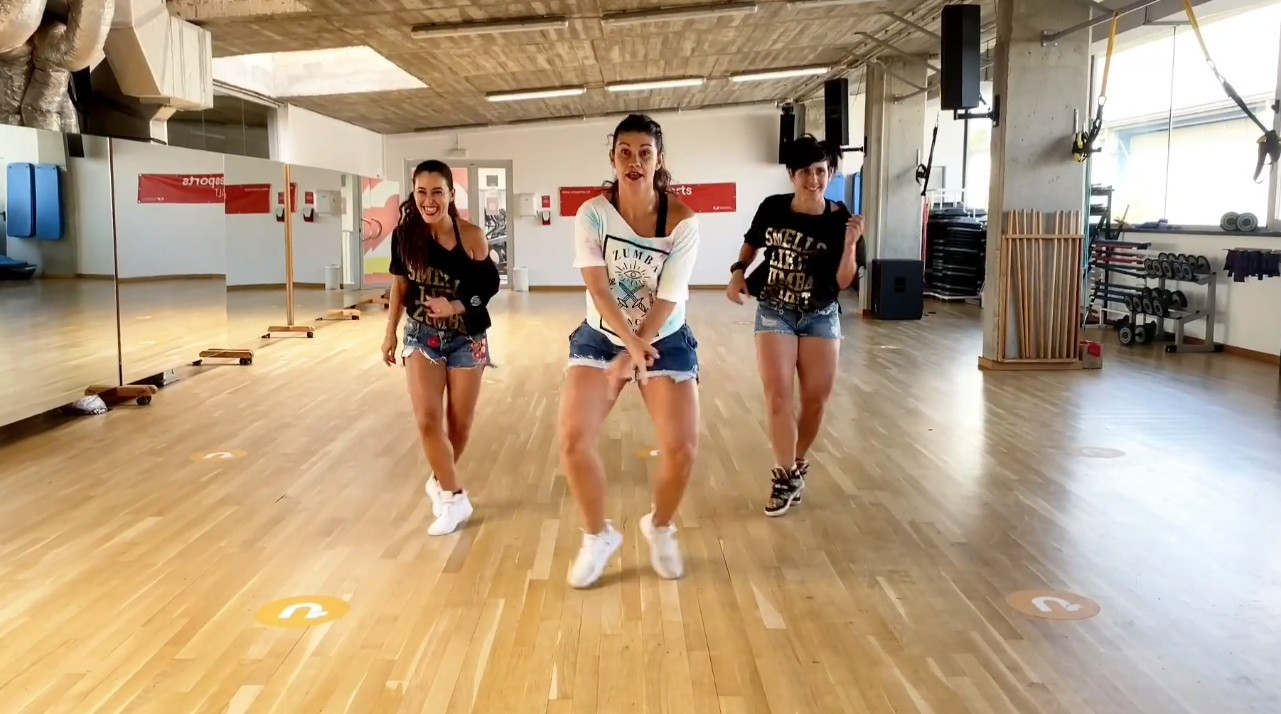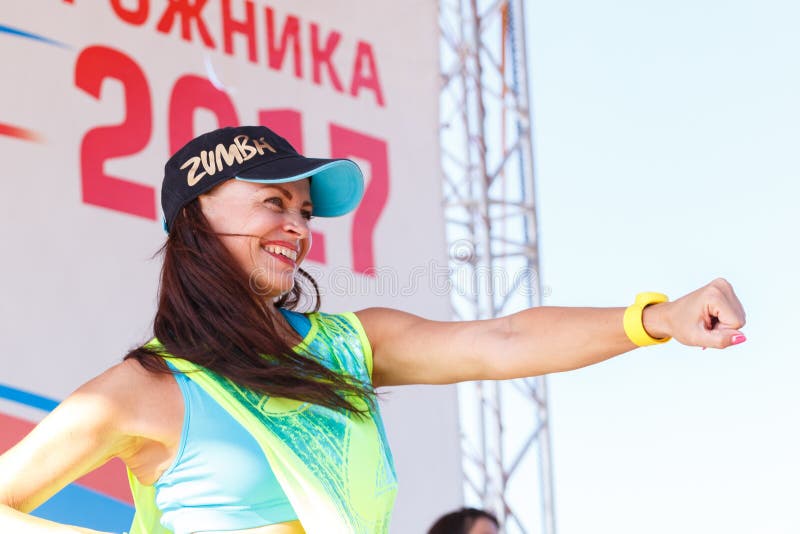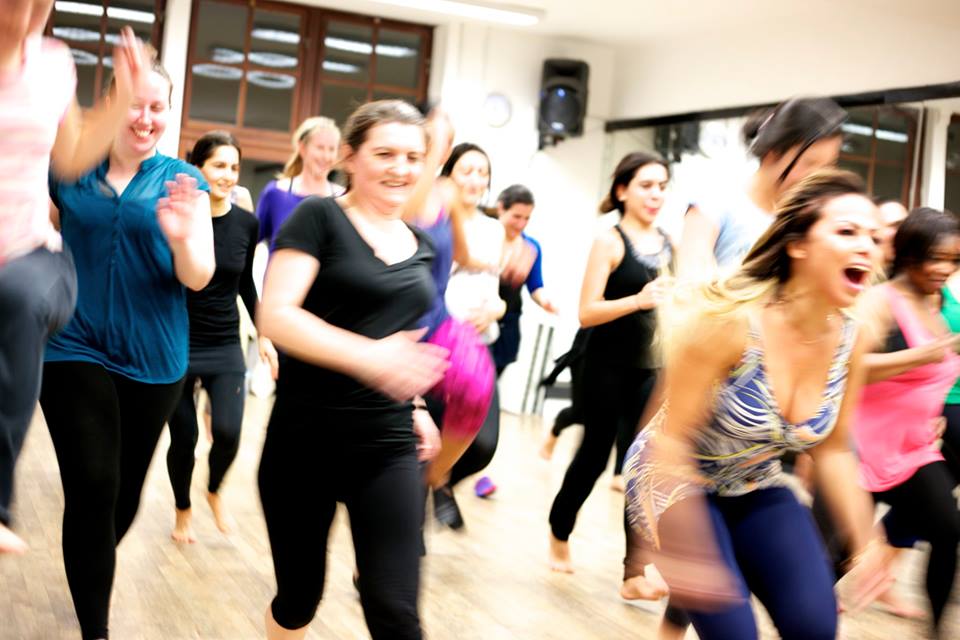
Īmong studies that have suggested dance as a non-pharmacological therapeutic practice for individuals with PD, the most frequently studied style is the “tango”. In addition to being accessible to those with PD, dance classes can help improve motor parameters, increase quality of life, stimulate socialization, and provide greater motivation to adhere to body movement practices. Similar to walking, dance practices require constant weight transfer between the legs at different temps according to musical stimuli and changes in direction. ĭance is another type of practice that has emerged as a complementary therapeutic strategy to promote physical, psychological, and social benefits. This type of training assists in functional mobility and improvement in spatiotemporal gait parameters. In this context, walk training is a highly typical exercise because it is considered to be a functional activity and, therefore, highly recommended for those with PD. Research data indicate that, together with drug therapy, regular physical activity can promote improvement in the clinical and functional symptoms of individuals with PD. Gait changes are the major limitations caused by the disease in this population, impairing autonomy, activities of daily living and, consequently, the quality of life. In relation to healthy subjects, PD people have greater variability and difficulty regulating the spatiotemporal gait parameters, reducing step length (SL) and step frequency (SF), while increasing double foot support time, thus increasing the risk of falls. Those with PD, however, lose gait automatism due to changes and impairment of dopamine and other striatal neurotransmitters.

Gait is essentially an automatic activity in individuals without neurological disorders. The motricity of individuals with PD is affected by symptoms such as muscle stiffness, rest tremor, akinesia and bradykinesia, postural instability, gait disturbances, and specific balance changes. PD causes changes in the activity of dopaminergic cells in the substantia nigra, leading to motor and nonmotor symptoms, including clinical and functional symptoms and locomotion disorders. In developed countries, approximately 1% of the population aged > 65 and 3–5% of those aged > 85 years are affected by the disease. Parkinson’s disease (PD) is the second most prevalent neurodegenerative disease worldwide.

Registered DecemRetrospectively registered.
#Brazilian zumba dance trial
This study is registered with the International Clinical Trial Registry under number NCT03370315.

The results suggest that a 12-week program of Brazilian dance was sufficient to produce improvements in functional mobility and gait in individuals with PD. Conclusionsįunctional mobility improved similarly in both groups. At FS, the swing time demonstrated a significant group*time interaction ( p < 0.001 ES = 1.10), in which the two groups exhibited different behaviors: DG decreased ( p = 0.015) and WG increased ( p = 0.012). In general, spatiotemporal parameters remained unchanged, except at SSS, in which the DG increased the stride frequency ( p = 0.011 ES = 0.72). Resultsīoth groups demonstrated a significant improvement in TUG test at SSS ( p = 0.02 effect size = 0.42) and FS ( p = 0.02 ES = 0.24).

The generalized estimating equation method was used to compare the DG and WG pre- and post-intervention and to evaluate the group*time interaction (α < 0.05). The timed-up-and-go test (TUG) and walking kinematics at self-selected speed (SSS) and fast speed (FS) were determined. MethodsĮighteen participants with PD were divided into a dance group (DG) and a walking group (WG) and were assessed before and after an intervention period of 24 1-h sessions, performed twice per week for 12 weeks. This study aimed to verify and compare the effects of a Brazilian dance program, inspired by Samba and Forrró rhythms, and a walking program on functional mobility and spatiotemporal gait parameters in patients with PD. Unlike aerobic training, potential adaptations from the practice of dance are less understood in PD, particularly compared with better known exercise modes. Parkinson’s disease (PD) causes motor and nonmotor disorders in patients.


 0 kommentar(er)
0 kommentar(er)
